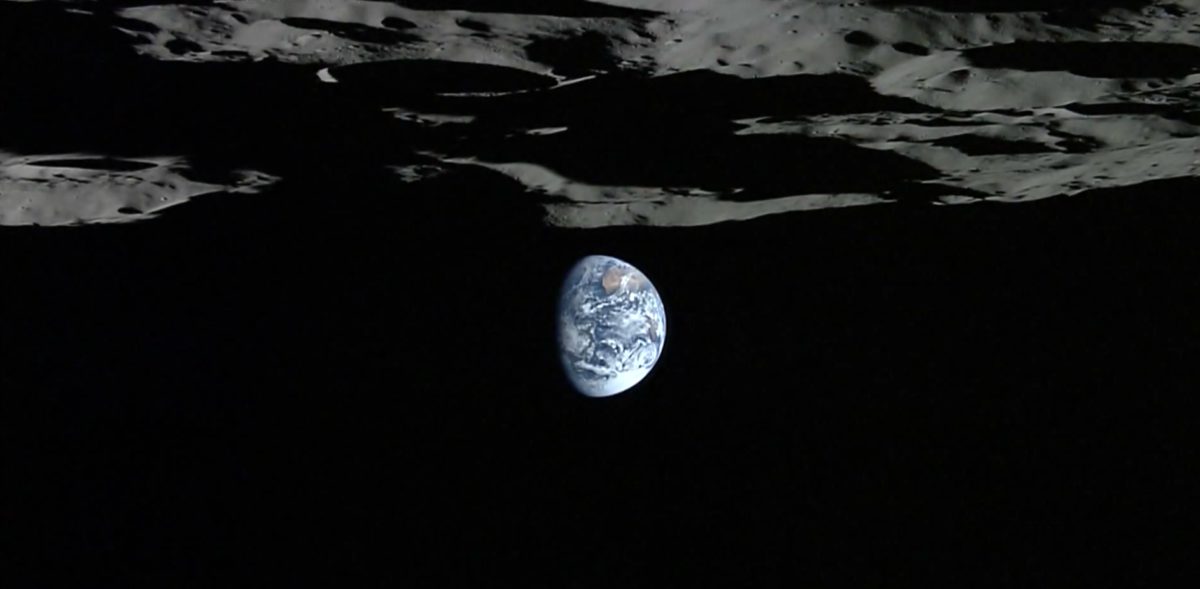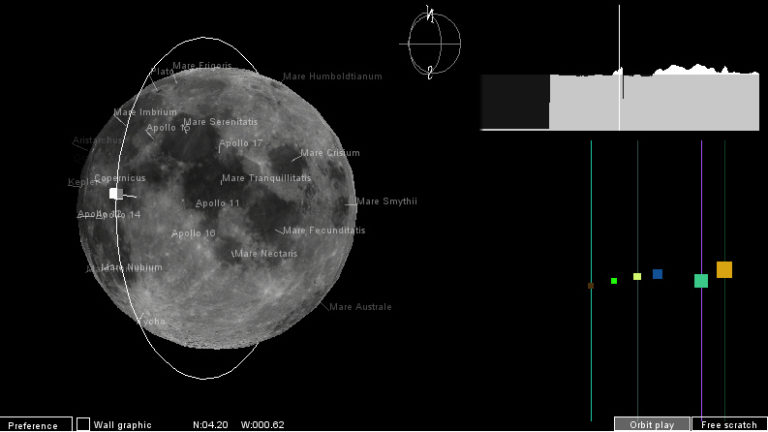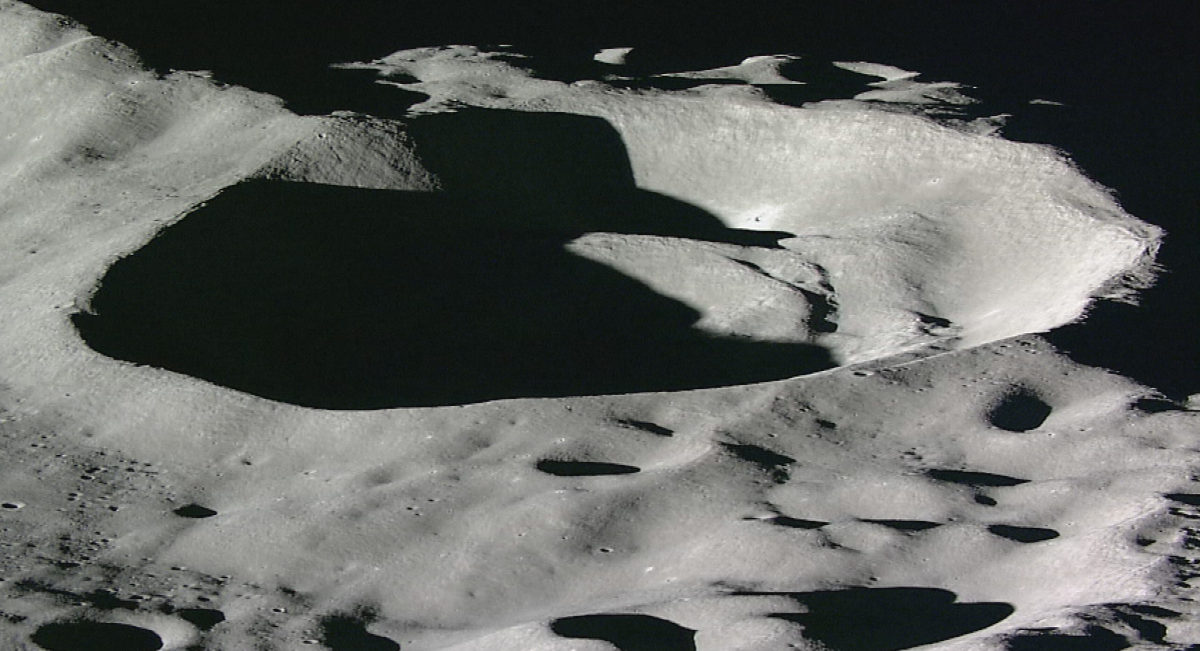Bill Dunford • Sep 25, 2013
Swan Song
In Japanese legend, a man once found a tiny girl in a glowing bamboo stalk. After he raised her as his own daughter, one day she broke his heart when she revealed herself to be a princess from the capital of the moon, and announced she had to return home.
She gave her name, Kaguya-hime, to a lunar orbiter launched six years ago this month by the Japan Aerospace Exploration Agency (JAXA). The mission returned volumes of valuable data, not to mention some of the most amazing video and images sent by any space mission in history.

The mission inspired a fascinating multimedia project called Moonbell. This interactive display uses data from Kaguya's laser altimeter, transforming a detailed map of the moon's topography into into musical notes and cadence. Moonbell users can choose virtual instruments to play the main notes, representing detailed altitude data, the mid notes, taken from broader topographical information, and the base notes, which follow the average altitude of the lunar landscape. Moonbell will play the resulting celestial music as read from sequential data along Kaguya's orbital track, or in Free Scratch Mode users can actually draw a line anywhere on the moon's surface and listen to the sound it produces, like dropping a needle onto a vinyl record.

After more than a year of successful work at the moon, the Kaguya mission came to end. Controllers lowered its orbit until it was barely skimming over the gray surface, sending home video and other data until the very end. Finally, on the eleventh of June, 2009, the spacecraft impacted the surface near the south pole.
Here is one of the very last things it saw, a crater partially covered in the polar region's long shadows.

Kaguya didn't simply return flat pictures. The very data that made Moonbell possible also allowed explorers to construct 3D models of the terrain by combining visual and altitude data. The following video represents some of the very last of that data, a view of what it would have looked like to ride along with Kaguya as it was pulled down towards its final, permanent encounter with the world it had been exploring all those months.
Final Flight The final 3D model based on the last observations by the Terrain Cameras on board the Kaguya lunar orbiter, just a few minutes before the controlled impact that ended the mission. June 11, 2009. Credit: JAXA.Video: JAXA/SELENE
Moonbell provides yet another way to experience that south polar terrain, the site of Kaguya's final journey. Drawing a path in Moonbell similar to the one the spacecraft followed during its last orbit, I made a few moments of music "composed" by the moon itself (.mp3 format).
Like its namesake, Kaguya remained on the moon and never returned, but not before gifting us with its swan song of knowledge and images that will be remembered for a very long time.
The Time is Now.
As a Planetary Defender, you’re part of our mission to decrease the risk of Earth being hit by an asteroid or comet.
Donate Today

 Explore Worlds
Explore Worlds Find Life
Find Life Defend Earth
Defend Earth

